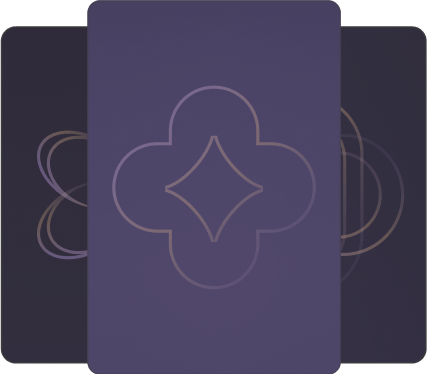What is
The Simplicity Principle by Julia Hobsbawm about?
The Simplicity Principle offers a six-step framework to reduce complexity in personal and professional life, inspired by nature’s efficiency. Julia Hobsbawm uses a hexagonal model (clarity, individuality, reset, knowledge, networks, time) to teach streamlined decision-making, emphasizing lessons from bees and natural systems. Critics note its mix of actionable advice and structural complexity.
Who should read
The Simplicity Principle?
Professionals overwhelmed by digital clutter, leaders managing hybrid teams, and anyone seeking work-life balance will find actionable strategies. Hobsbawm’s insights cater to those prioritizing productivity, mental health, and purpose-driven work. However, readers expecting minimalist writing may find the detailed metaphors challenging.
What are the six steps in
The Simplicity Principle?
The six steps form a hexagon:
- Clarity: Define priorities.
- Individuality: Align actions with values.
- Reset: Regularly reassess habits.
- Knowledge: Curate information intake.
- Networks: Strengthen meaningful connections.
- Time: Optimize schedules for focus.
Each step includes six "fixes," like digital detoxes and task batching.
How does
The Simplicity Principle use bees as a metaphor?
Bees symbolize efficiency, collaboration, and natural order. Hobsbawm compares their hive dynamics to human workflows, advocating for decentralized decision-making and role specialization. This metaphor underscores the book’s thesis: simplicity stems from intentional design, not reduction.
Is
The Simplicity Principle worth reading?
Yes, for its research-backed techniques to combat distraction and burnout. While some critique its forced hexagonal structure, readers praise its actionable advice on email management, meeting efficiency, and mindful tech use. Skip if preferring minimalist self-help.
How does
The Simplicity Principle address modern work challenges?
It tackles hybrid work, AI integration, and digital overload by advocating "reset" rituals (e.g., no-meeting Fridays) and "network audits" to eliminate superficial interactions. Hobsbawm ties these to post-2020 workplace trends, making it relevant for remote teams.
What are common criticisms of
The Simplicity Principle?
Critics argue the hexagonal framework feels contrived, and the prose contradicts its simplicity theme with dense explanations. Despite this, fans value its practical tips, like time-blocking and prioritization matrices.
How does
The Simplicity Principle compare to
Atomic Habits?
While both optimize behavior, Atomic Habits focuses on incremental change, whereas Hobsbawm emphasizes systemic redesign. The Simplicity Principle adds a nature-inspired lens, ideal for readers seeking holistic, metaphor-driven strategies over habit stacks.
Can
The Simplicity Principle help with career changes?
Yes. Its "individuality" step guides aligning careers with core values, while "knowledge" advises curating learning sources. The book also recommends networking strategically and resetting goals quarterly—key for pivoting professionals.
What quotes highlight key ideas in
The Simplicity Principle?
- "Simplicity is the sibling of clarity."
- "Nature doesn’t hoard; it optimizes."
These underscore the book’s thesis: eliminating excess reveals purpose.
How does Julia Hobsbawm’s
The Nowhere Office relate to this book?
The Nowhere Office expands on The Simplicity Principle’s workplace themes, addressing post-pandemic hybrid models. Both stress purposeful work design, but The Nowhere Office focuses more on organizational culture, while Simplicity targets personal habits.
Why is
The Simplicity Principle relevant in 2025?
As AI and remote work amplify cognitive load, Hobsbawm’s strategies for digital minimalism and focused work remain critical. The book’s emphasis on intentionality aligns with 2025 trends toward sustainable productivity and mental health.









